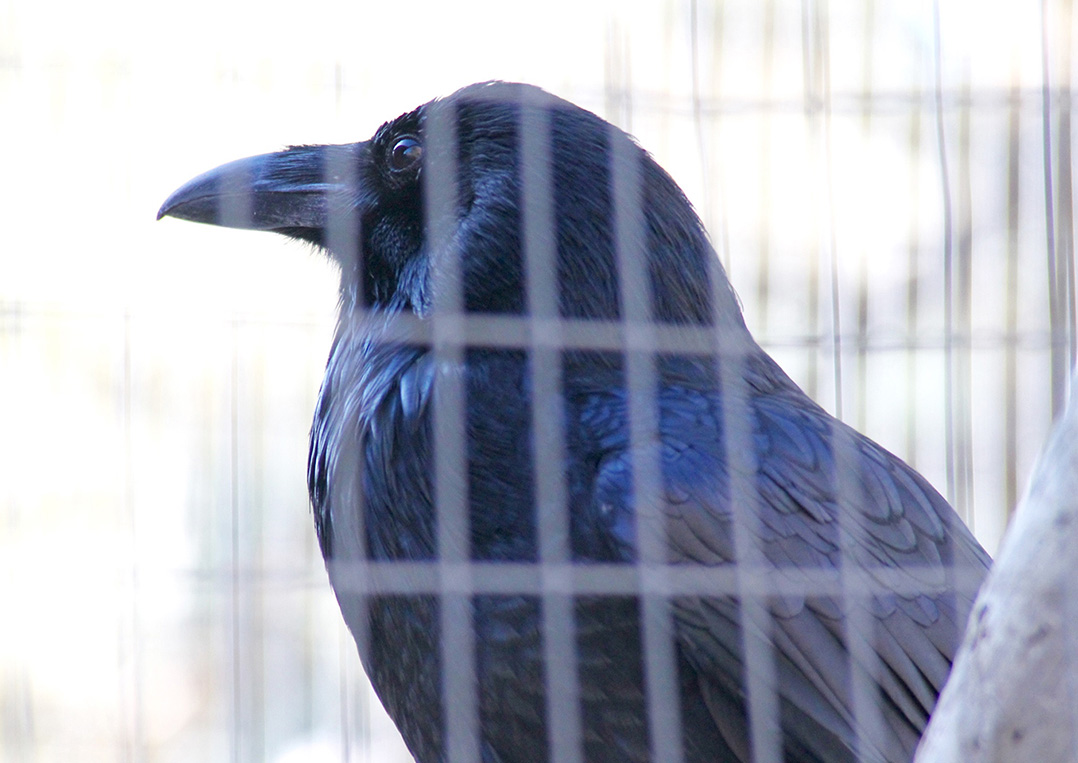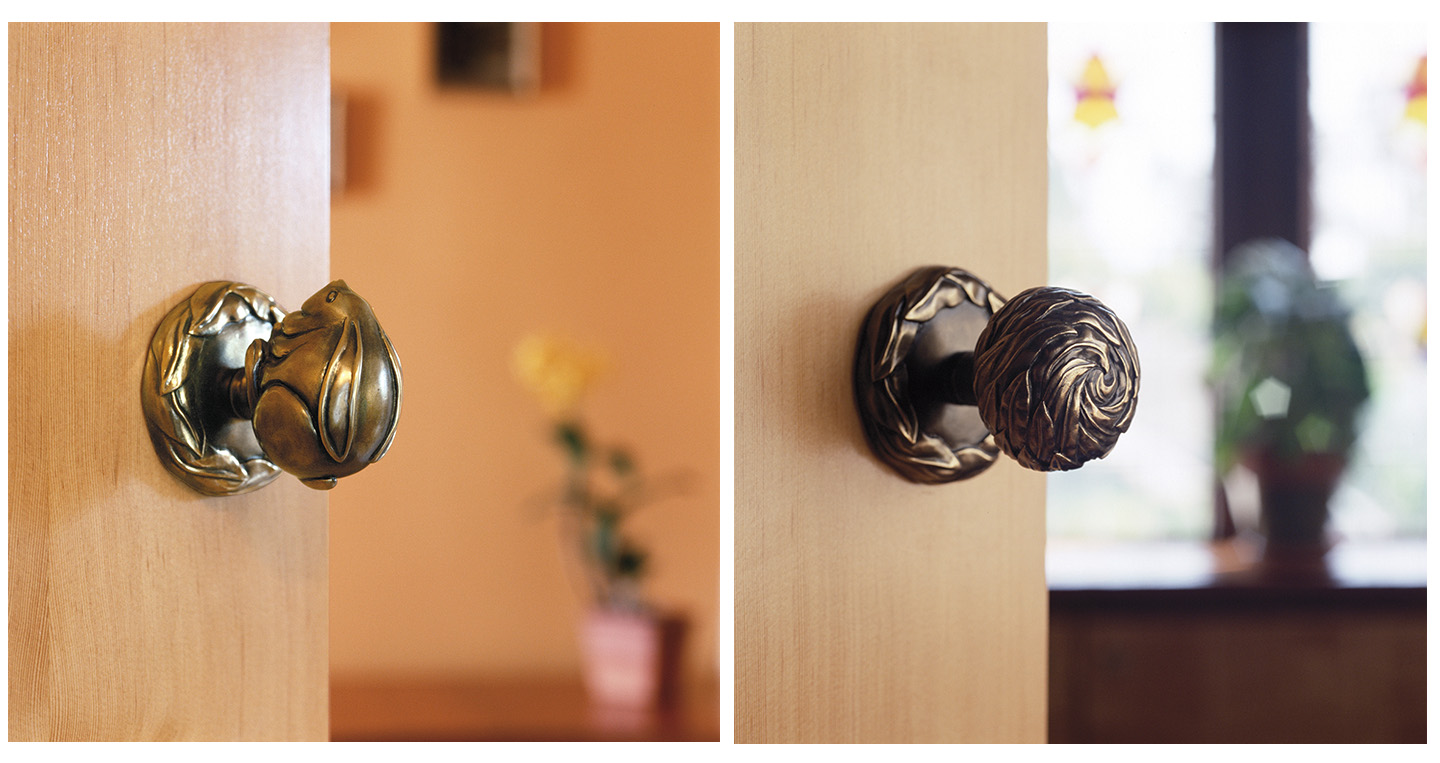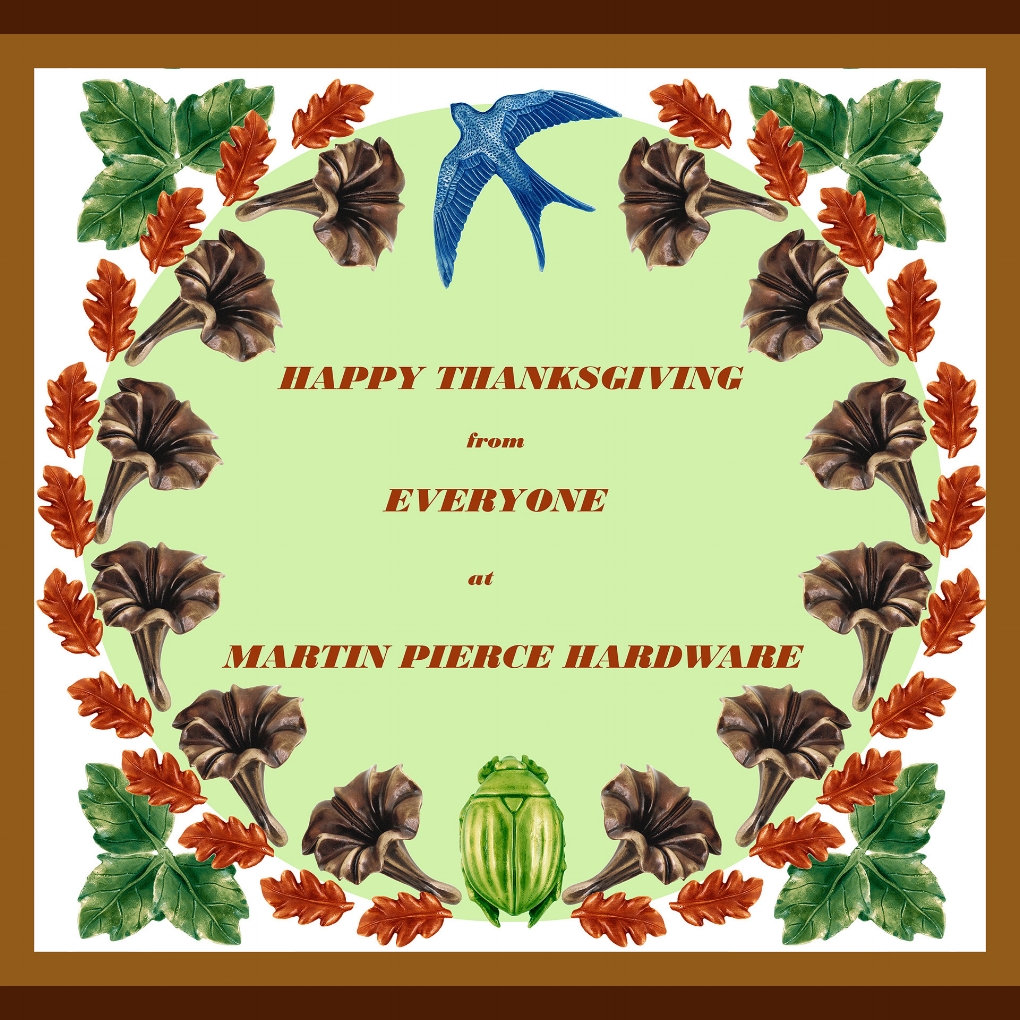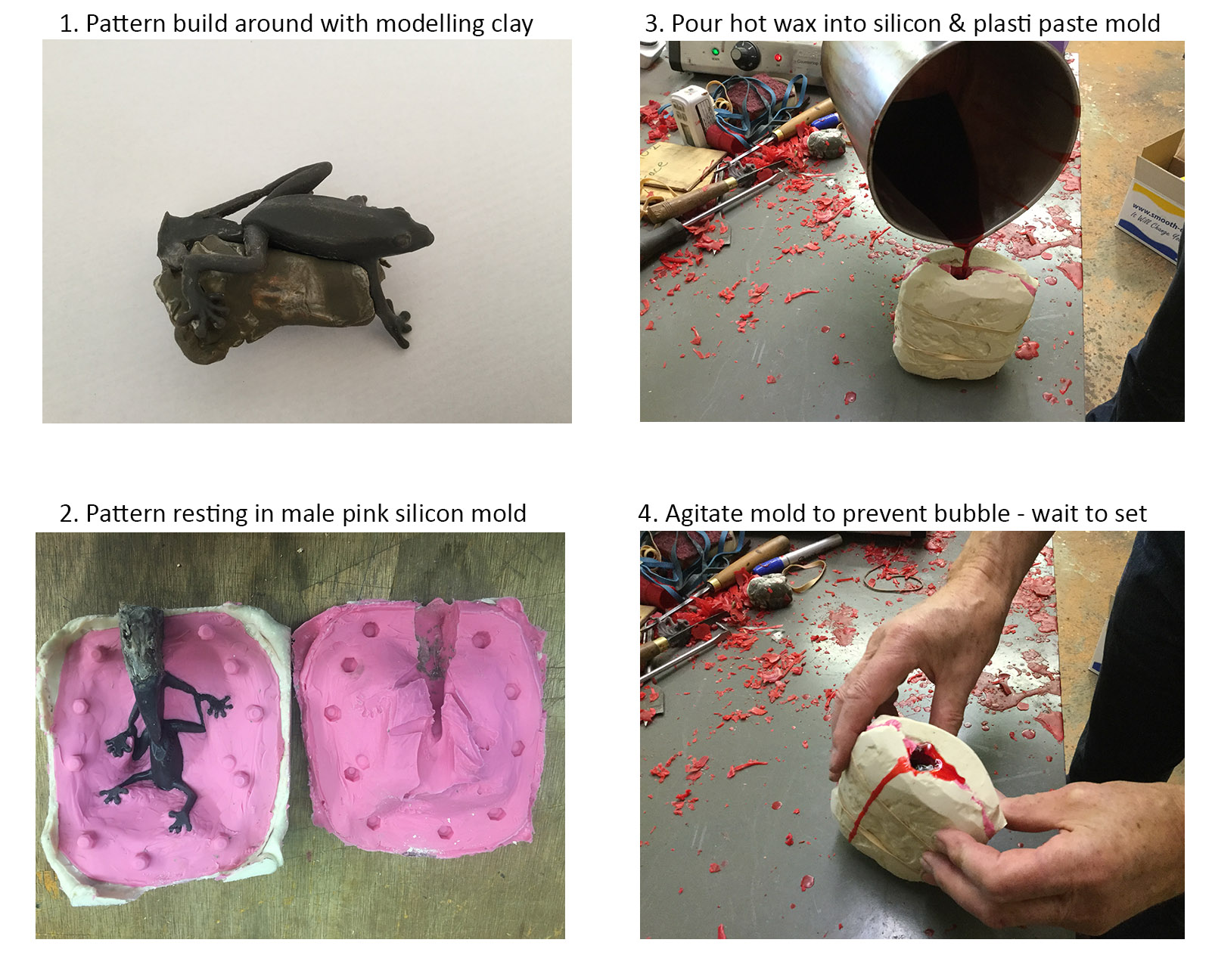The Raven sculpture is now taking shape as Martin develops a clearer understanding of this magnificent bird’s wing movement, body stance and general proportion. Having tentatively decided to sculpt a male in pre-flight position, a visit to the Big Bear Zoo is making him question if this is the pose he wishes to capture as a sculpture.
Finding a live accessible raven has been a challenge as our local Los Angeles zoo could not help. However, the zoo at Big Bear next to Snow Summit has 2 pairs of ravens and we were allowed to freely photograph them. Day one proved frustrating as neither pair was in the mood to be photographed but on day two we were able to take some beautiful shots of their head profiles, plumage and talons.
Raven Profile
The zoo is well worth visiting and is just over 2 hours by car from Los Angeles and offers a wonderful range of animals including timber wolves, raccoons, coyotes and 2 snow leopards. As they state on their site ” The Big Bear Alpine Zoo is a rehabilitation facility offering injured, orphaned and imprinted wild animals a safe haven, temporarily while they heal, or permanently, as they are unable to survive on their own. We are extremely proud that 90% of all the animals brought to us for rehabilitation are successfully released back into their native environment.”
Plumage and back talon detail
Equipped with a better understanding of these 4 ravens Martin will turn his focus back to his drawing board to decide what changes he will make to his initial concept drawings.By year end we hope to have a new bird sculpture to add to our collection of bronze sculptures.





























